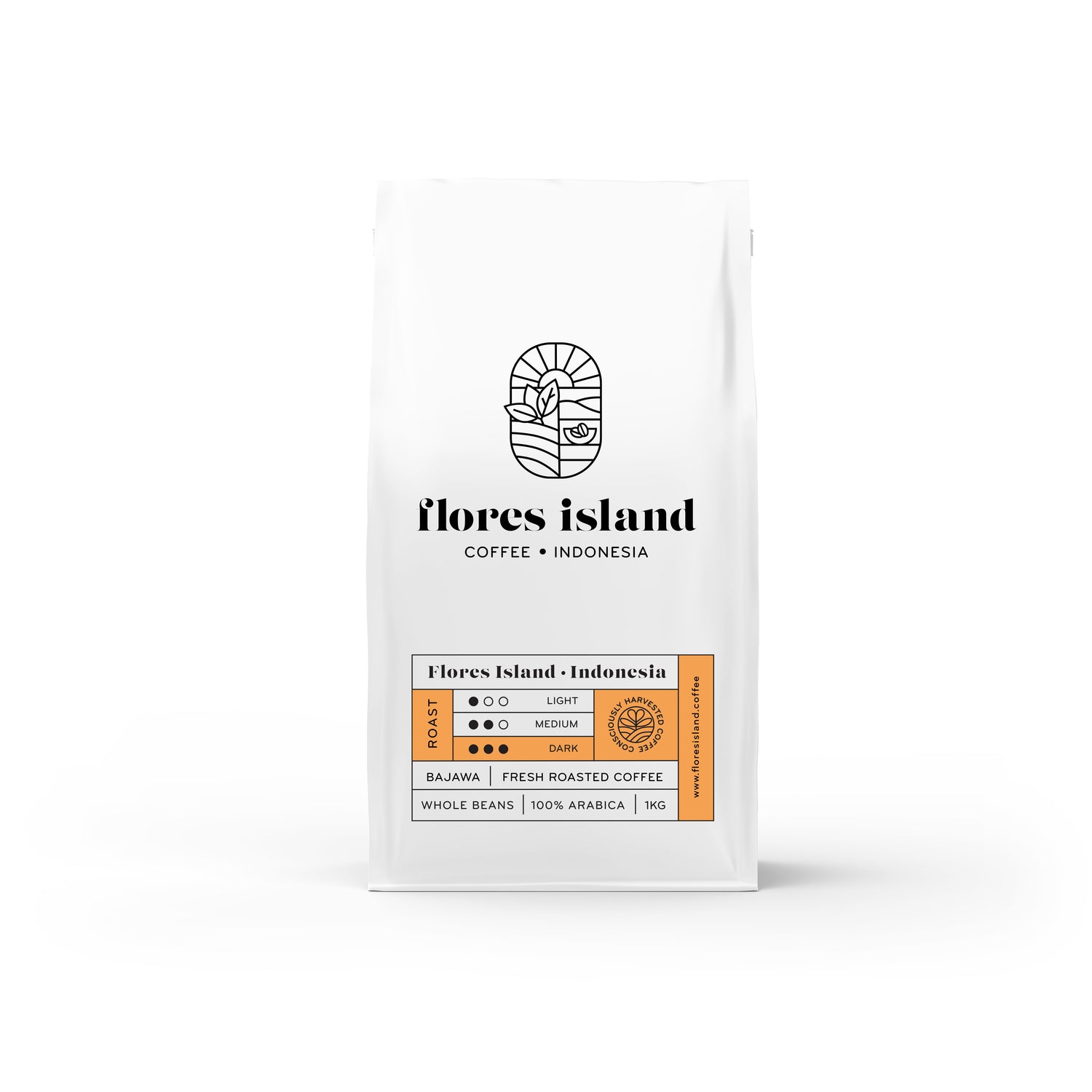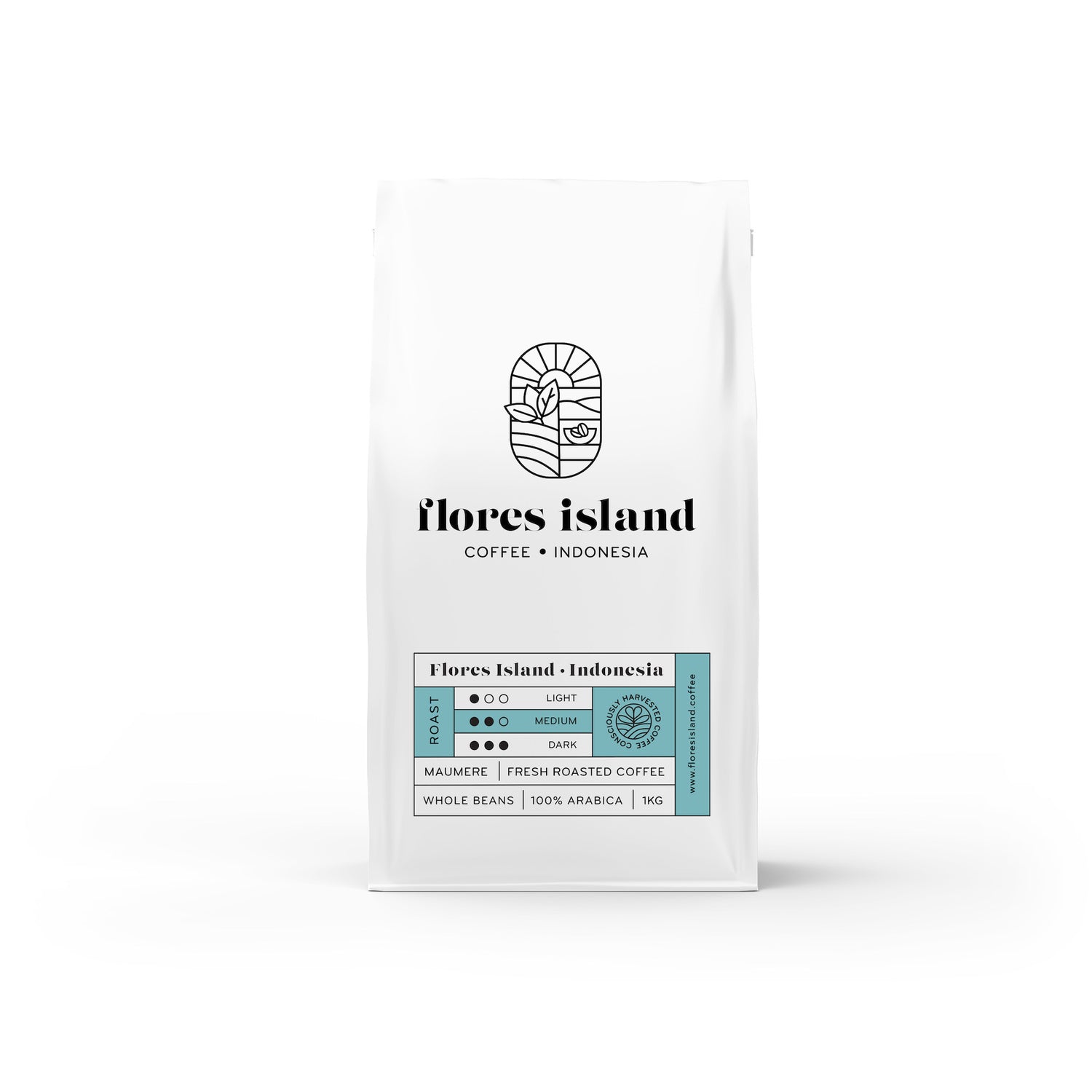Photo by Blake Verdoorn on Unsplash
Important Disclaimer: While this article explores the scientific research surrounding caffeine, it's crucial to remember that we are not medical professionals. This information should not be considered a substitute for advice from a qualified healthcare provider. If you have concerns about how caffeine may be affecting your health, please consult your doctor for personalized guidance.
Many of us crave pick-me-up coffee offers, whether it's to jumpstart our mornings or to combat the afternoon slump. From bustling coffee shops filled with focused individuals to the ever-present coffee pot in nearly every office break room, our desire for a boost in energy and alertness is undeniable. While some genuinely appreciate coffee's unique flavor, it's often the caffeine we truly crave. After all, caffeine holds the title of the world's most popular psychoactive drug, and its widespread consumption speaks volumes about its effectiveness. But how exactly does this natural stimulant work?
The answer lies in the fascinating interplay between evolution and plant chemistry. Caffeine serves as a natural pesticide for coffee plants, disrupting the nervous systems of insects that try to feed on them. But evolution's ingenuity doesn't stop there. Some research suggests caffeine also benefits coffee plants by attracting pollinators, potentially enhancing their reproduction through improved bee memory.
While caffeine safeguards plants, it affects humans very differently. Our bodies process caffeine by blocking the action of adenosine, a neurotransmitter that promotes sleep. This clever trickery results in increased alertness and focus – explaining caffeine's cognitive benefits. Beyond alertness, studies hint at caffeine's potential to improve memory, reaction time, and even boost mood. It may also offer benefits for physical performance, with athletes using it to enhance endurance and reduce perceived exertion during workouts.
Despite its advantages, caffeine should be approached with moderation. Excessive consumption can lead to side effects like anxiety, jitters, sleep problems, and for some, even heart palpitations. Pregnant women and those with certain health conditions may need to limit or avoid caffeine altogether. Importantly, research suggests caffeine may have both positive and negative impacts on long-term health. Studies explore its potential role in reducing the risk of Parkinson's and Alzheimer's Disease, while other research points to possible links with anxiety disorders. It's crucial to remember that these areas require further investigation.
It is also important to address its potential for dependence. Regular caffeine use can lead to the development of tolerance, meaning you may need higher doses to achieve the same effects. Sudden caffeine withdrawal can trigger unpleasant symptoms like headaches, fatigue, and irritability.
Although caffeine dependence differs from addiction to stronger substances, it's still wise to be mindful of your intake. If you find yourself increasingly reliant on caffeine to function or experiencing bothersome withdrawal symptoms, it might be beneficial to take a caffeine break or gradually reduce your intake.
The idea that all coffee delivers an equal caffeine kick is a misconception. Several factors influence the final caffeine content. Robusta beans, for instance, naturally contain more caffeine than Arabica beans, contributing to their bolder flavor.
The way you brew your coffee also plays a significant role. Interestingly, most caffeine is extracted within the first few minutes of the brewing process. This means that brewing methods with longer contact times between water and coffee grounds, like French press or cold brew, generally produce a more highly caffeinated beverage. In contrast, quicker methods like espresso or pour-overs typically have lower caffeine content per serving.
Contrary to popular belief, roast level has a surprisingly minimal impact on caffeine content. While there's a slight reduction in caffeine as beans roast darker, the difference is negligible compared to the other factors. So, don't assume that a dark roast automatically means a less caffeinated cup.
Check out the chart below for a quick reference:
| Beverage | Caffeine Content (approx) |
|---|---|
|
Coffee (8oz) |
95mg |
|
Espresso (1oz) |
60mg |
|
Black Tea (8oz) |
50 mg |
|
Energy Drink (8oz) |
80mg |
|
Dark Chocolate (1oz) |
20mg |
Understanding the interplay of bean type, brewing method, and serving size is key to estimating the caffeine in your favorite coffee drink. Keeping these factors in mind will give you a clearer picture of the energy boost you're getting from your morning cup or afternoon pick-me-up.
Remember, individual sensitivity to caffeine varies. What may feel like a moderate dose for one person could cause unwanted side effects in another.
Sources:
- Cappelletti, S., Piacentino, D., Sani, G., & Aromatario, M. (2015). Caffeine: cognitive and physical performance enhancer or psychoactive drug? Current neuropharmacology, 13(1), 71–88. https://doi.org/10.2174/1570159X13666141210215655
- Grgic, J., Trexler, E. T., Lazinica, B., & Pedisic, Z. (2018). Effects of caffeine intake on muscle strength and power: a systematic review and meta-analysis. Journal of the International Society of Sports Nutrition, 15, https://doi.org/10.1186/s12970-018-0216-0
- Qi, H., & Li, S. (2014). Dose-response meta-analysis on coffee, tea and caffeine consumption with risk of Parkinson's disease. Geriatrics & gerontology international, 14(2), 430–439. https://doi.org/10.1111/ggi.12123
- Temple, J. L., Bernard, C., Lipshultz, S. E., Czachor, J. D., Westphal, J. A., & Mestre, M. A. (2017). The Safety of Ingested Caffeine: A Comprehensive Review. Frontiers in psychiatry, 8, 80. https://doi.org/10.3389/fpsyt.2017.00080
- Mitchell, D. C., Knight, C. A., Hockenberry, J., Teplansky, R., & Hartman, T. J. (2014). Beverage caffeine intakes in the U.S. Food and chemical toxicology : an international journal published for the British Industrial Biological Research Association, 63, 136–142. https://doi.org/10.1016/j.fct.2013.10.042










